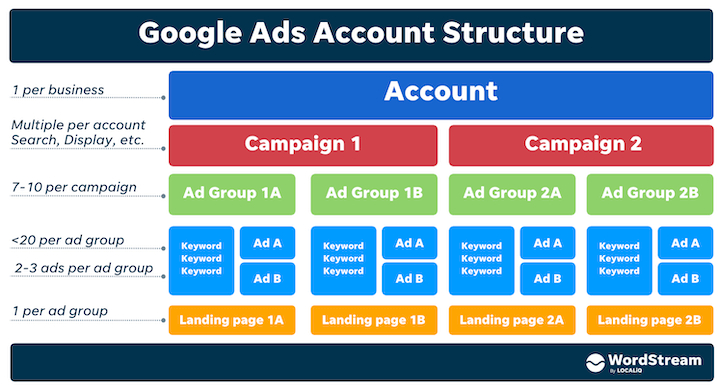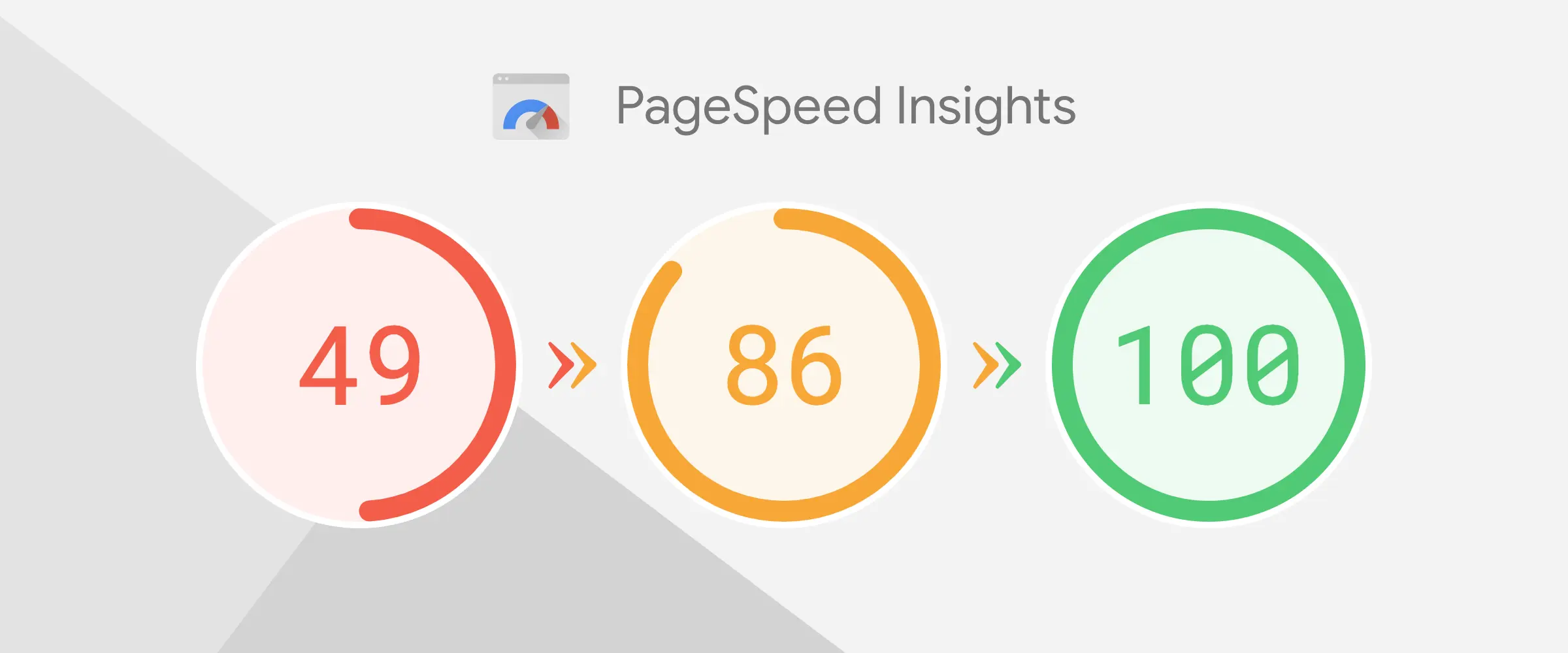Want to discuss things directly with an expert? Call 020 8163 5979 Or
WhatsAppLast Updated: Apr 26, 2025

In the ever-evolving world of digital marketing, Google Ads stands out as a crucial tool for businesses aiming to boost their online presence and drive targeted traffic. However, the effectiveness of your Google Ads campaigns hinges significantly on one key metric: Quality Score. Understanding and mastering Quality Score can be the difference between paying premium prices for clicks and achieving cost-effective, high-performing campaigns.
Learn more about our high-performance Google Ads management services designed to deliver maximum ROI.
In this article, we will delve deep into the intricacies of Google Ads Quality Score, its components, its impact on your campaigns, and actionable strategies to improve it. By the end, you’ll be equipped with the knowledge to elevate your Google Ads performance and achieve greater ROI.
Quality Score is a metric used by Google to measure the relevance and quality of your ads, keywords, and landing pages. It is rated on a scale from 1 to 10, with 10 being the highest. This score directly influences your ad rank and the cost per click (CPC) you pay.
Quality Score is determined by three main factors:
1. Expected Click-Through Rate (CTR): This predicts how likely it is that your ad will be clicked when shown. Google evaluates the performance of your ad copy to estimate this likelihood.
2. Ad Relevance: This measures how closely your ad matches the intent of the user’s search query. The more relevant your ad, the higher your Quality Score.
3. Landing Page Experience: This assesses the quality and relevance of the landing page users are directed to after clicking your ad. A well-optimised landing page that provides a good user experience can significantly boost your Quality Score.
"Let a superior quality score be your secret weapon, paying less as competitors overspend."
The Quality Score has a profound impact on how much you pay for each click on your ads. Google rewards advertisers with high Quality Scores by reducing their CPC. Conversely, lower Quality Scores result in higher CPCs.
To put this into perspective, consider this:
For example, if the average CPC for a keyword is £2, an ad with a Quality Score of 10 might only pay £1, whereas an ad with a Quality Score of 1 might pay £8. This drastic difference emphasises the importance of maintaining a high Quality Score to ensure cost efficiency.
Ad Rank determines the position of your ad on the search results page. It is calculated using the formula:
A higher Quality Score can elevate your ad's position without increasing your bid. This means you can achieve better ad placements and more visibility for less money.
Impression share is the percentage of impressions your ads receive compared to the total available impressions. Higher ad ranks generally result in a higher impression share, leading to more opportunities for your ads to be seen and clicked.
For instance:
Your ad copy should be engaging, relevant, and compelling. Use strong call-to-actions (CTAs) and address the user's intent directly. Highlight unique selling points (USPs) and benefits to make your ad stand out.
Ad extensions provide additional information and increase the visibility of your ads, making them more attractive to users. Use site link extensions, callout extensions, and structured snippets to enhance your ad's appeal.
Continuously test different versions of your ad copy to determine which performs best. Analyse the results and optimise your ads based on data-driven insights.
Group your keywords into tightly themed ad groups. This ensures that your ads are highly relevant to the search queries they target, improving ad relevance.
Implement negative keywords to prevent your ads from showing for irrelevant searches. This increases the relevance of your ads and improves Quality Score.
Use dynamic keyword insertion (DKI) to automatically insert the matched keyword into your ad copy. This makes your ad highly relevant to the user's intent and can boost CTR.
With the increasing number of mobile users, having a mobile-friendly landing page is crucial. Ensure your landing page loads quickly and is easy to navigate on mobile devices.
Your landing page content should be relevant to the ad and provide value to the user. Use clear headlines, concise text, and engaging visuals to keep users interested.
Make sure your landing page has clear and compelling CTAs. Guide users towards the desired action, whether it’s making a purchase, signing up, or contacting you.
A slow-loading landing page can deter users and negatively impact your Quality Score. Use tools like Google PageSpeed Insights to analyse and improve your page speed.
Regularly monitor your Quality Score in the Google Ads dashboard. Analyse the performance of your ads, keywords, and landing pages to identify areas for improvement. Use Google Analytics to gain deeper insights into user behaviour and landing page performance.
The Google Ads dashboard provides detailed insights into your Quality Score and its components. Use this data to make informed decisions and optimise your campaigns.
Google Analytics helps you understand user behaviour on your landing pages. Analyse metrics such as bounce rate, session duration, and conversion rate to assess the effectiveness of your landing pages.
Consider using third-party tools like SEMrush, Ahrefs, and Moz for additional insights and competitive analysis. These tools can help you identify keyword opportunities and optimise your campaigns further.
Let’s look at a real-world example of how improving Quality Score can significantly impact campaign performance.
A mid-sized e-commerce company was struggling with high CPCs and low ad positions. Their average Quality Score was around 4, leading to inefficient ad spend and poor campaign performance.
We implemented the following strategies to improve their Quality Score:
Over three months, the company saw a remarkable improvement in their Quality Scores, with many keywords reaching scores of 7 to 10. This led to:
Mastering Google Ads Quality Score is essential for running cost-effective and high-performing campaigns. By understanding its components and implementing the strategies outlined in this article, you can significantly enhance your ad performance, reduce costs, and achieve greater ROI.
Remember, Quality Score is not just a number; it’s a reflection of how well you are meeting the needs of your audience. Continuously monitor, analyse, and optimise your campaigns to maintain high Quality Scores and stay ahead in the competitive digital advertising landscape.
High Quality Scores drive stronger campaigns - but smart advertisers also protect every penny they invest. Discover how our Click Fraud Protection can shield your ads from fraudulent clicks and wasted spend.
And if you're serious about winning on every front - not just paid search - our Google SEO Agency can help you dominate the organic rankings too.
With over 15 years’ experience helping brands maximise ROI through Google Ads and SEO, Ashley now leads strategic growth initiatives at ClickExpose - combining high-performance campaigns with advanced click fraud protection to help businesses scale smarter and safer.





